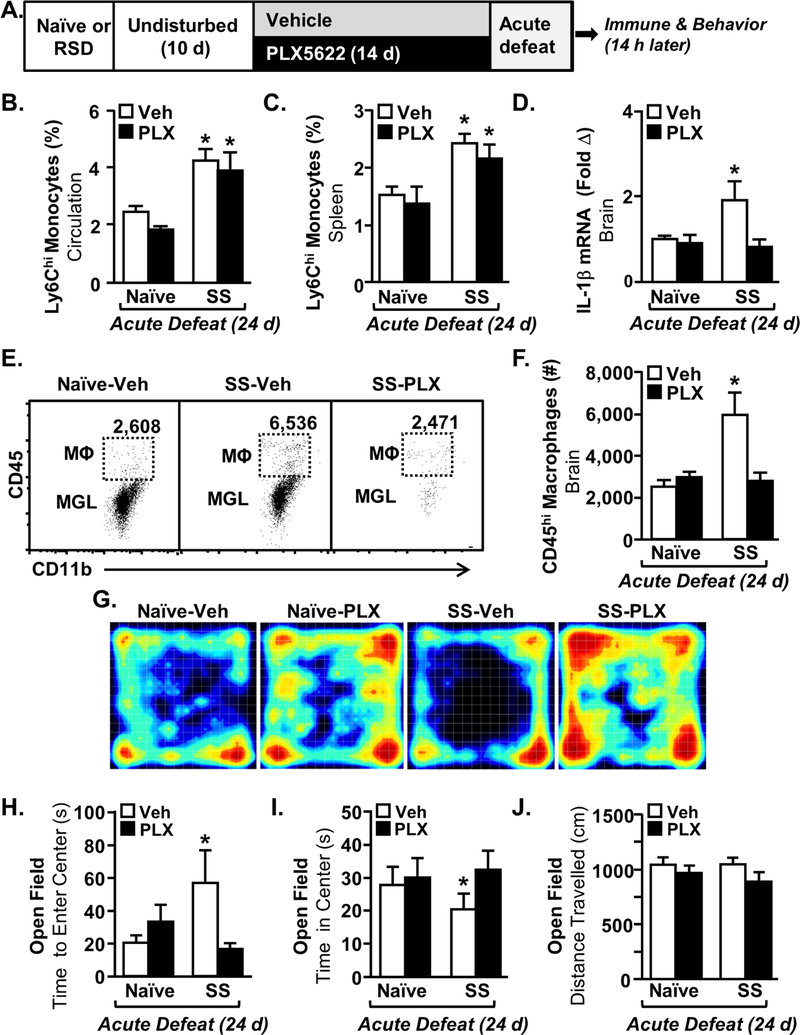Figure 2: Monocyte Recruitment to the Brain and Recurrence of Anxiety in Stress-Sensitized Mice was Abrogated by the Elimination of Microglia.
A) Male C57BL/6 mice were stress-sensitized (SS) by RSD or left undisturbed as controls (Naϊve). Ten days later, mice were provided diets formulated with vehicle (Veh) or a CSF1R antagonist (PLX5622). 24 days after stress-sensitization (SS), all mice were subjected to one cycle of social defeat (Acute Defeat) and blood, spleen, and brain samples were collected 14 h later (n=9–10). The percentage of monocytes (CD11b+/Ly6Chi) in the B) blood (main effect of SS, F1,39=21.45, p<0.0001) and spleen (main effect of SS, F1,39=28.63, p<0.002) were determined 14 h after acute defeat. D) IL-1β mRNA expression in a coronal brain section was determined after acute defeat (SS x intervention, F1,38=4.35, p<0.04). E) Representative bivariate dot plots of CD11b and CD45 labeling of Percoll-enriched microglia (CD11b+/CD45low) and macrophages (CD11b+/CD45high) in the brain after acute defeat. F) Number of CD45+ macrophages in the brain (SS x intervention, F1,36=10.68, p<0.003). G) Representative heat maps of activity during open-field testing. H) Time to enter center of the open field (SS x intervention, F1,40=5.20, p<0.02). I) Time spent in center in the open field after acute defeat (SS x intervention, F1,40=7.03, p<0.01). J) Total distance traveled in the open field (not significant). Bars represent the mean ± SEM. Means with (*) are significantly different from Naïve-Vehicle controls.

